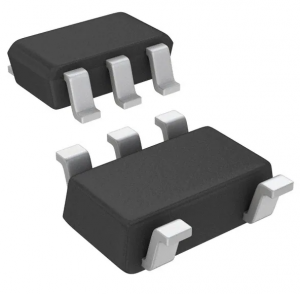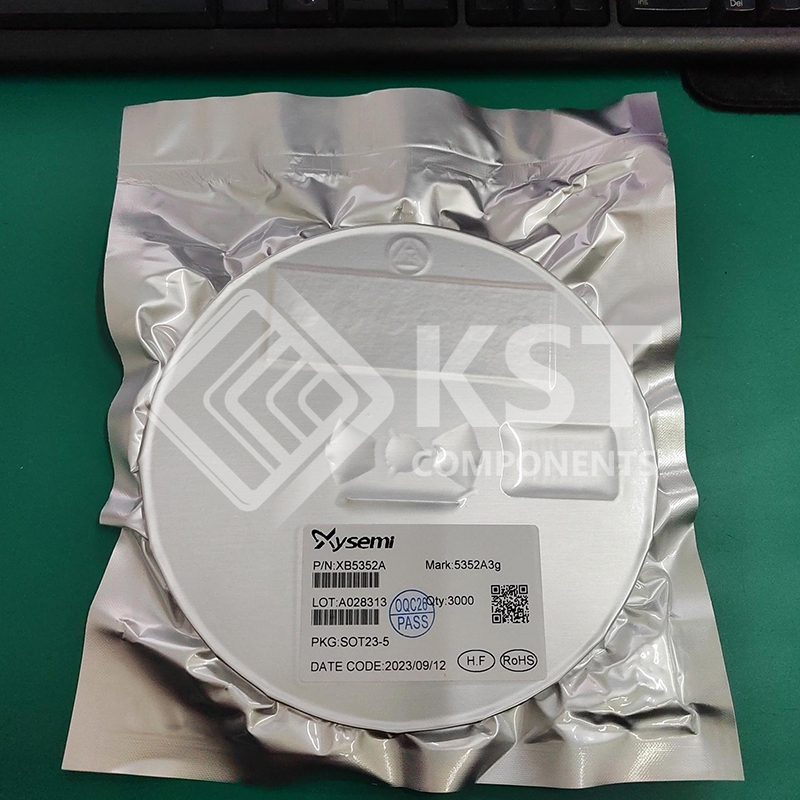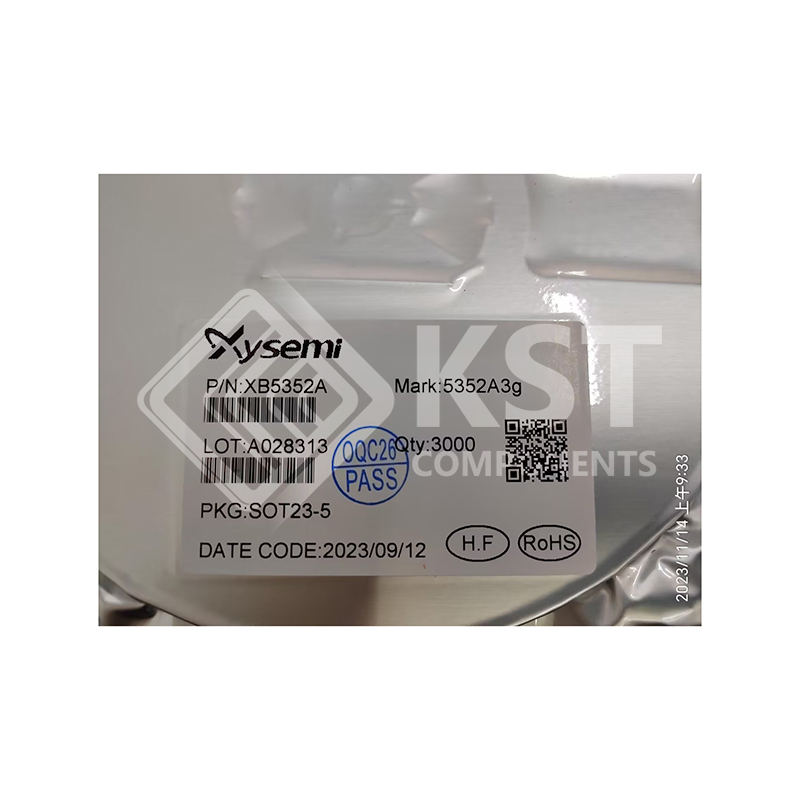The XB5352 monitors the voltage and
current of a battery and protects it from
being damaged due to overcharge
voltage, overdischarge voltage,
overdischarge current, and short circuit
conditions by disconnecting the battery
from the load or charger. These
functions are required in order to operate the
battery cell within specified limits.
The device requires only one external
capacitor. The MOSFET is integrated and
its RSS(ON) is as low as 45mΩ typical.
Normal operating mode
If no exception condition is detected,
charging and discharging can be carried
out freely. This condition is called the
normal operating mode.
Overcharge Condition
When the battery voltage becomes higher
than the overcharge detection voltage (VCU)
during charging under normal conditionand
the state continues for the overcharge
detection delay time (tCU) or longer, the
XB5352 turns the charging control FET off
to stop charging. This condition is called
the overcharge condition. The overcharge
condition is released in the following two
cases:
1, When the battery voltage drops below
the overcharge release voltage (VCL), the
XB5352 turns the charging control FET on
and returns to the normal condition.
2, When a load is connected and
discharging starts, the XB5352 turns the
charging control FET on and returns to the
normal condition. The release mechanism
is as follows: the discharging current flows
through an internal parasitic diode of the
charging FET immediately after a load is
connected and discharging starts, and the
VM pin voltage increases about 0.7 V
(forward voltage of the diode) from the
GND pin voltage momentarily. The XB5352
detects this voltage and releases the
overcharge condition. Consequently, in the
case that the battery voltage is equal to or
lower than the overcharge detection
voltage (VCU), the XB5352returns to the
normal condition immediately, but in the
case the battery voltage is higher than the
overcharge detection voltage (VCU),the chip
does not return to the normal condition until
the battery voltage drops below the
overcharge detection voltage (VCU) even if
the load is connected. In addition, if the VM
pin voltage is equal to or lower than the
overcurrent 1 detection voltage when a
load is connected and discharging starts,
the chip does not return to the normal
condition.
Remark If the battery is charged to a voltage higher
than the overcharge detection voltage (VCU) and the
battery voltage does not drops below the
overcharge detection voltage (VCU) even when a
heavy load, which causes an overcurrent, is
connected, the overcurrent 1 and overcurrent 2 do
not work until the battery voltage drops below the
overcharge detection voltage (VCU). Since an actual
battery has, however, an internal impedance of
several dozens of mΩ , and the battery voltage
drops immediately after a heavy load which causes
an overcurrent is connected, the overcurrent 1 and
overcurrent 2 work. Detection of load short-circuiting
works regardless of the battery voltage.
Download Details PDF
Notice:
In stock will ship in 2 days. Real-time inventory pls confirm with us.





